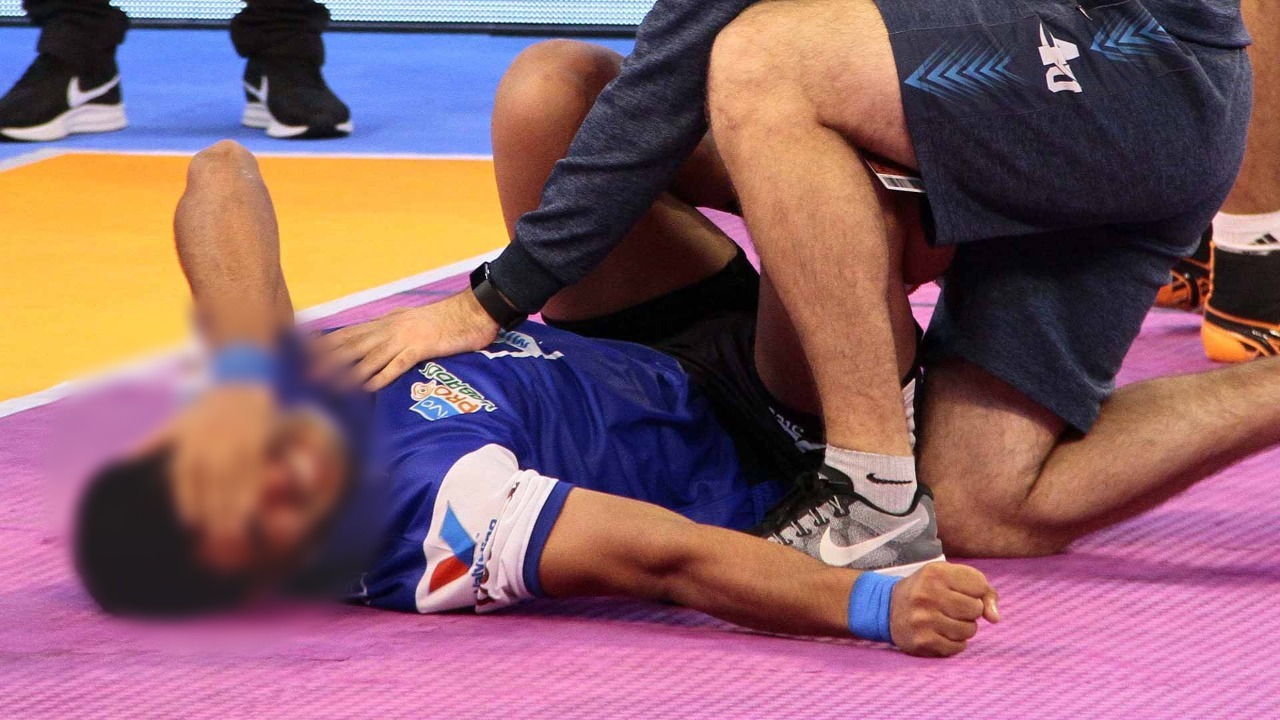ACL Injury : A common knee sprain in sportsmen
Apr 19, 2022
ACL injury (anterior cruciate ligament injury) is one of the most common injuries of the knee. It generally occurs in young people while playing heavy sports like soccer, basketball, football and downhill skiing, which involve sudden stops or changes in direction, jumping and landing. It is also a very common injury in contact sports such as Kabaddi and Wrestling.

Symptoms in an Acute case:
The ‘pop’ sound of ACL rupture may not be heard in every case and we have to look for other common symptoms like:
- Pain: If you have a minor injury, you may not feel pain. You may feel sore along your knee’s joint line. Some people have trouble standing or putting pressure on the hurt leg.
- Swelling: This is most likely to happen during the first 24 hours. You can reduce swelling by putting ice on your knee and elevating (raising) your leg by propping it up on a pillow.
- Trouble walking:If you’re able to put pressure on your hurt leg, you may notice that it’s harder than normal to walk, climb stairs and walk on uneven ground. Some people find that the knee joint feels looser than it should.
- Less range of motion.After you damage your ACL, it’s very likely that you won’t be able to bend and flex your knee like you normally would.
Symptoms in a Chronic case: Instability is the most common symptom in an ACL deficient knee in which patient feels that his/her knee will buckle in certain movements/positions of knee especially while playing sports.
Causes
Ligaments are strong bands of tissue that connect one bone to another. The ACL, one of two ligaments that cross in the middle of the knee, connects your thighbone (femur) to your shinbone (tibia) and helps stabilize your knee joint. ACL injuries often happen during sports and fitness activities that can put stress on the knee and that results in:
Suddenly slowing down and changing direction (cutting)
Pivoting with your foot firmly planted
Landing awkwardly from a jump
Stopping suddenly
Receiving a direct blow to the knee or collision, such as a football tackle
When the ligament is damaged, there is usually a partial or complete tear of the tissue. A mild injury may stretch the ligament but leave it intact.
Who are more at risk?
- Being female — possibly due to differences in anatomy, muscle strength and hormonal influences
- Participating in certain sports, such as soccer, football, basketball, gymnastics, downhill skiing, Kabaddi and Wrestling.
- Poor conditioning
- Wearing footwear that doesn’t fit properly
- Using poorly maintained sports equipment, such as ski bindings that aren’t adjusted properly
- Playing on artificial turf surfaces







